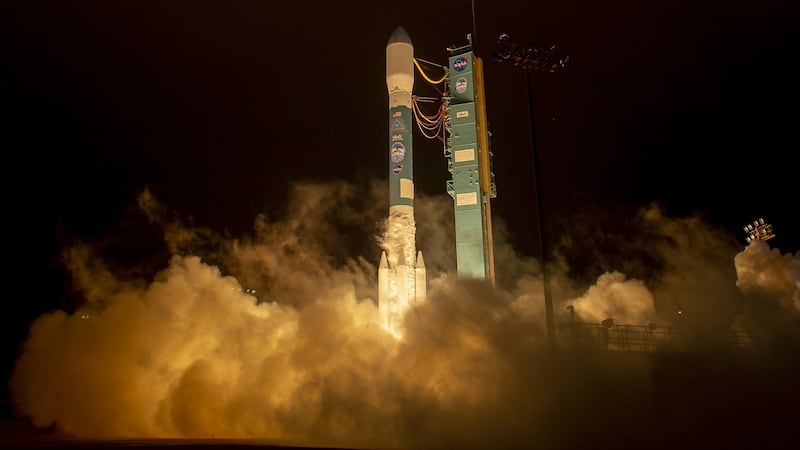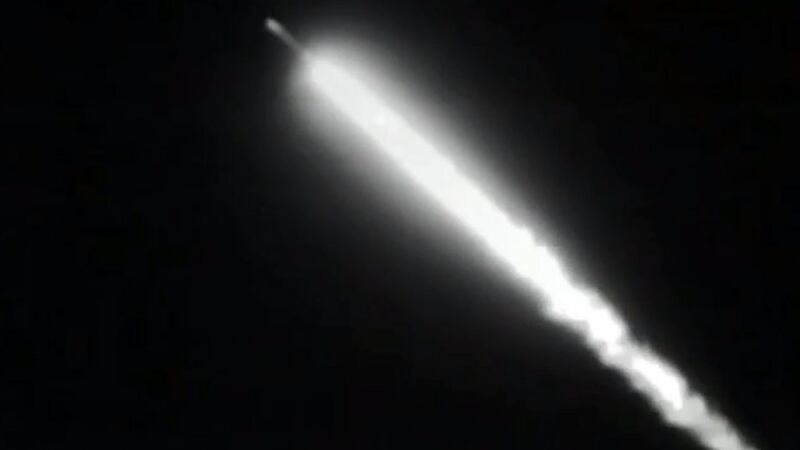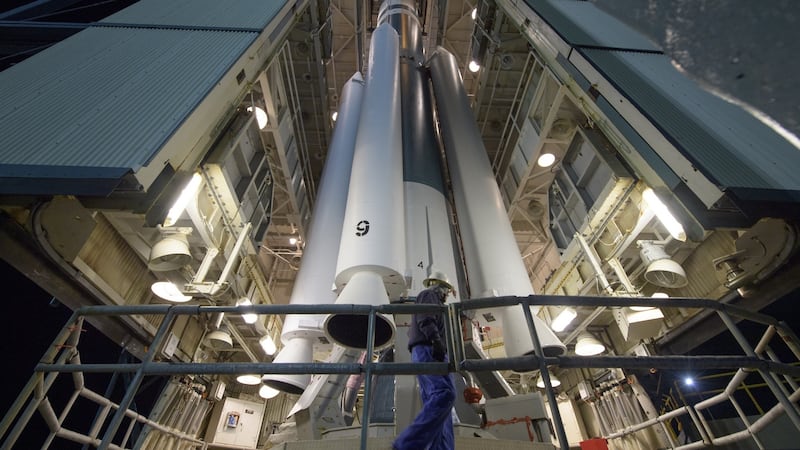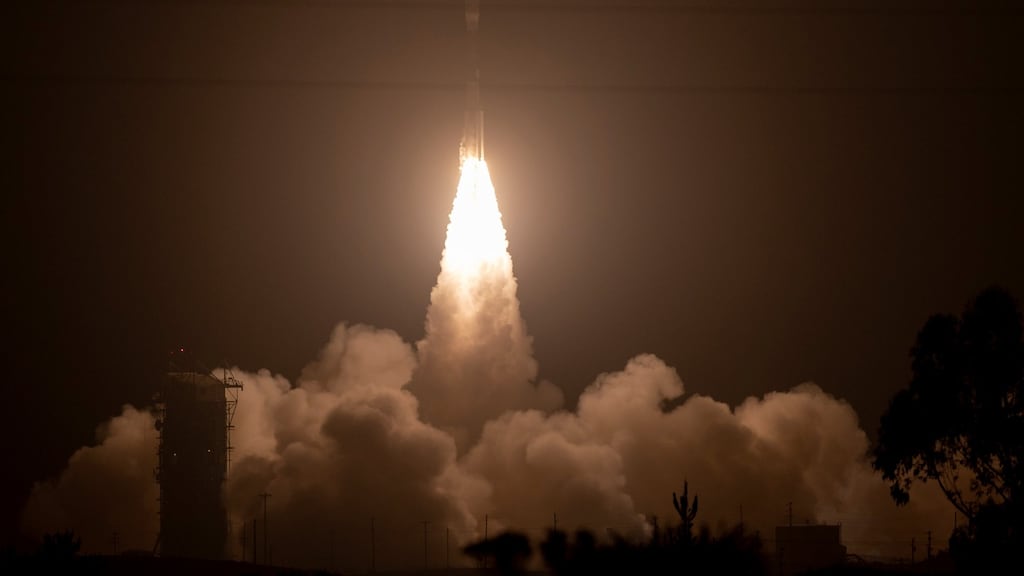A Nasa satellite designed to precisely measure changes in Earth's ice sheets, glaciers, sea ice and vegetation has been launched into polar orbit.
A Delta 2 rocket carrying ICESat-2 lifted off from Vandenberg Air Force Base in California at 6.02am local time (2pm Irish time) on Saturday and headed over the Pacific Ocean.
Nasa Earth Science Division director Michael Freilich said the mission will advance knowledge of how the ice sheets of Greenland and Antarctica contribute to sea level rises.

The melt from those ice sheets alone has raised global sea levels by more than 1mm a year recently, according to Nasa.
The mission is a successor to the original Ice, Cloud and Land Elevation Satellite that operated from 2003 to 2009. Measurements have continued to be recorded since then with airborne instruments in Nasa’s Operation IceBridge.

Built by Northrop Grumman, ICESat-2 carries a single instrument, a laser altimeter that measures height by determining how long it takes photons to travel from the spacecraft to Earth and back. According to Nasa, it will collect more than 250 times as many measurements as the first ICESat.
Billionth of a second
The laser is designed to fire 10,000 times per second, divided into six beams of hundreds of trillions of photons. The round trip is timed to a billionth of a second.
In addition to ice, the satellite’s other measurements, such as the tops of trees, snow and river heights, may help with research into the amount of carbon stored in forests, flood and drought planning and wildfire behaviour, among other uses.

The launch was the last for a Delta 2 rocket, United Launch Alliance said.
The first Delta 2 lifted off almost 30 years ago, on February 14th, 1989, and since then it has been the launch vehicle for Global Positioning System orbiters, Earth-observing and commercial satellites, and interplanetary missions including the twin Mars rovers Spirit and Opportunity. – Associated Press














